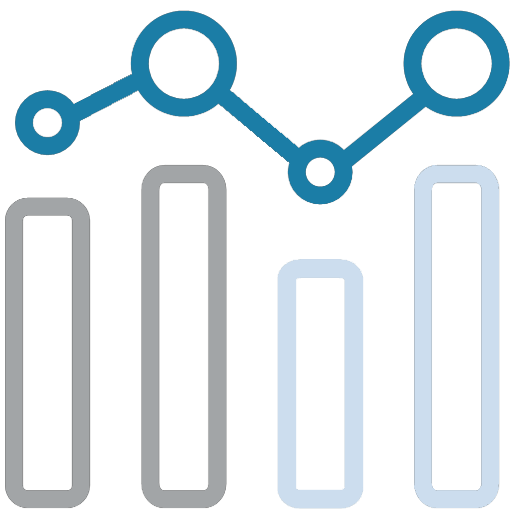Data Visualization

Data visualization involves presenting data in graphical or visual formats, such as charts, graphs, and dashboards, to make it easier to understand and analyze.
- Process:
- Data Preparation: Collect and clean data from relevant sources.
- Visualization Design: Choose appropriate visualization types, such as bar charts, line graphs, or heatmaps, based on the data and audience.
- Tool Selection: Use visualization tools like Tableau, Power BI, or D3.js to create interactive and engaging visuals.
- Storytelling: Use visuals to tell a story, highlighting key insights and trends.
- Sharing and Collaboration: Share visualizations with stakeholders and collaborate on insights and decisions.
- Purpose:
The goal of data visualization is to make complex data more accessible and understandable, enabling better decision-making and communication. - Outcome:
Clear and engaging visualizations that highlight key insights and trends, driving informed decision-making. - Challenges:
Choosing the right visualization type and ensuring data accuracy can be challenging. Additionally, creating visuals that are both informative and engaging requires skill. - Best Practices:
- Use simple and clear visuals that are easy to understand.
- Focus on key insights and trends to avoid overwhelming the audience.
- Use interactive features to allow users to explore the data.
- Regularly update and refine visualizations to reflect new data and insights.
